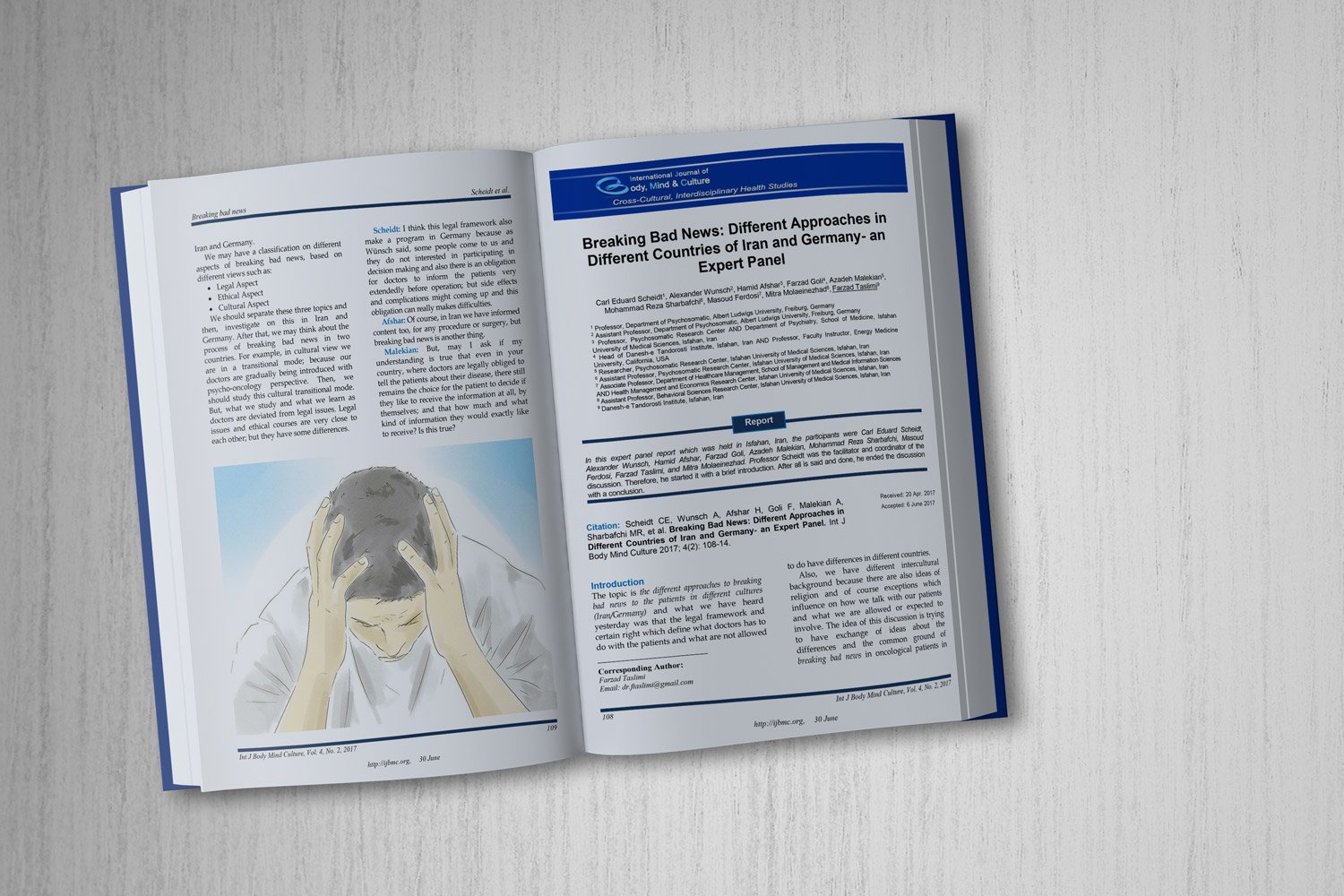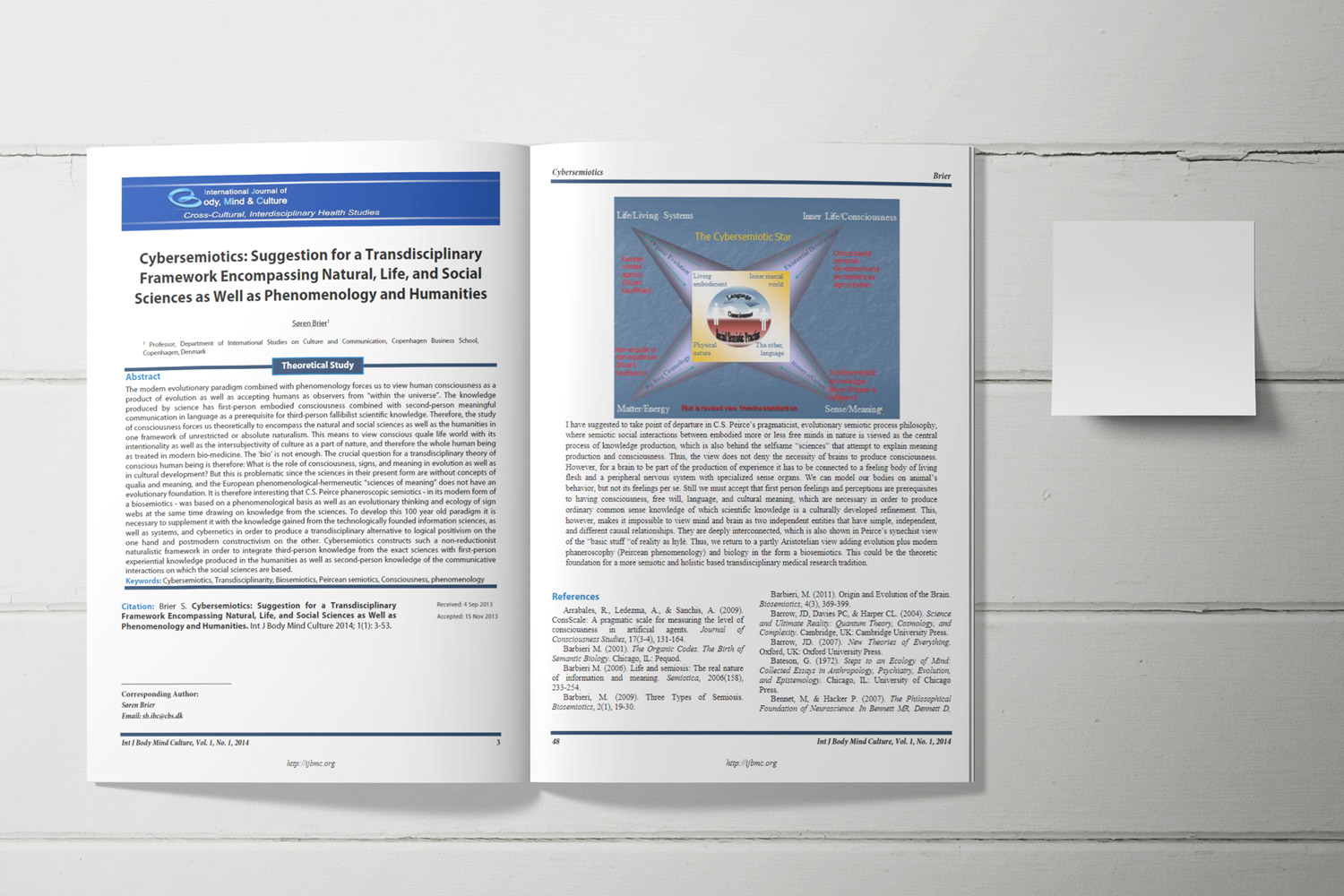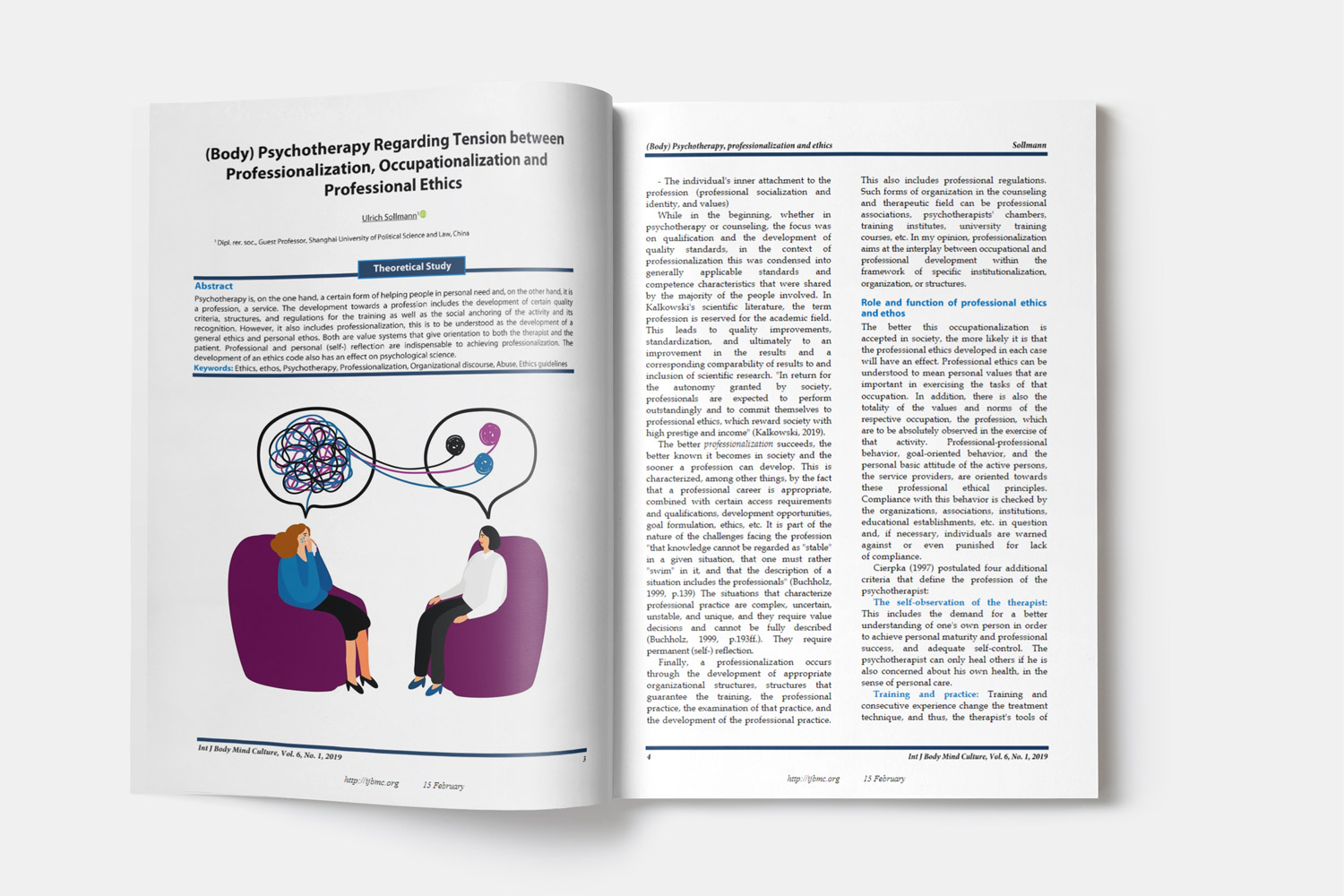The Effect of Virtual Reality-Based Intervention Technique on Reducing Pain in Children with Burns During Dressing Changes
Downloads
Objective: To evaluate the effectiveness of a virtual reality–based intervention (VRBI) in reducing pain during dressing changes among children with burn injuries.
Methods and Materials: A quasi-experimental design was employed at three burn centers in Baghdad and Al-Zahraa Teaching Hospital, Wasit Governorate. The study included 110 pediatric burn patients aged 6–17 years, equally divided into experimental and control groups (55 each) selected through purposive sampling. The intervention group used Meta Quest 2 virtual reality headsets during dressing changes, while the control group received standard care. Pain intensity was measured using the Wong–Baker Facial Pain Scale immediately after each procedure. Data were analyzed using SPSS version 26 with descriptive statistics and chi-square tests.
Findings: Results showed a substantial reduction in pain among children exposed to the VR intervention. In the experimental group, 45.5% reported “no pain,” and 34.5% “hurt a little bit,” while in the control group, 65.5% reported “hurts a whole lot” and 34.5% “hurts worst.” The difference between groups was statistically significant (p<0.05). No significant associations were found between pain scores and demographic variables except for residence (p=0.004).
Conclusion: Virtual reality immersion significantly decreases procedural pain in children undergoing burn dressing changes. VRBI offers a safe, engaging, and cost-effective non-pharmacological strategy for pediatric pain management. Broader implementation and multicenter trials are recommended to validate its long-term benefits.
Downloads
Abbood, A. M., & Naji, A. B. (2023). The Relationship between Glucose Level-controlling Behaviour for Clients with Diabetes Mellitus and Their Demographic Characteristics. Bahrain Medical Bulletin, 45(3), 1644-1648. https://www.bahrainmedicalbulletin.com/Sep_2023/BMB-23-449.pdf
Abd Ali, A. M., & Musihb, Z. S. (2024). Mothers’ Practices in Prevention of Sudden Infant Death Syndrome in Holy Kerbala City. Iranian Rehabilitation Journal, 22(1), 75-82. https://doi.org/10.32598/irj.22.1.1619.4
ABDELTWAB, S. A. Q., MOSTAFA, M. M., AL SEBAEE, H. A., EL-SEBAIE, A., & ANANY, W. M. (2023). Effect of virtual reality on wound care related pain among patients with burn. Journal of Xi'an Shiyou University, Natural Sciences Edition, 66(1). DOI https://10.17605/OSF.IO/R6HZU
AL-Shammary, S. E., & Sadeq, A.-F. (2024). The effectiveness of non-pharmacological interventions on reducing intramuscular injection-related pain in adult’s patients: A randomized control trial. Iraqi National Journal of Nursing Specialties, 37(1), 36-49. https://doi.org/10.58897/d17ypv79
Bereda, G. (2022). Burn classifications with its treatment and parkland formula fluid resuscitation for burn management: Perspectives. Clinical Medicine And Health Research Journal, 2(3), 136-141. https://doi.org/10.18535/cmhrj.v2i3.47
Fatma, A., & Ghada, A. H. (2019). Effect of virtual reality technology on pain during dressing change among children with burn injuries. Journal of Nursing Healthcare Research, 8, 37-46.https:// 10.9790/1959-0806043746
Ghany-Abd EL-Fatah, A. E., Ahmed Samir, E., & Abd-El Mohsen Mahmoud, R. (2024). Effect of Applying Virtual Reality Glasses as A supportive Intervention to Reduce Pain, Anxiety and Fear of Children during Burn Dressing. Journal of Nursing Science Benha University, 5(2), 219-237. https://doi.org/10.21608/jnsbu.2024.362193
He, J. J., McCarthy, C., & Camci-Unal, G. (2021). Development of hydrogel‐based sprayable wound dressings for second‐and third‐degree burns. Advanced nanobiomed research, 1(6), 2100004. https://doi.org/10.1002/anbr.202100004
Kaya, M., & Özlü, Z. K. (2023). The effect of virtual reality on pain, anxiety, and fear during burn dressing in children: a randomized controlled study. Burns, 49(4), 788-796. https://doi.org/10.1016/j.burns.2022.06.001
Khadra, C., Ballard, A., Déry, J., Paquin, D., Fortin, J.-S., Perreault, I., Labbe, D. R., Hoffman, H. G., Bouchard, S., & LeMay, S. (2018). Projector-based virtual reality dome environment for procedural pain and anxiety in young children with burn injuries: a pilot study. Journal of Pain Research, 343-353. https://doi.org/10.2147/JPR.S151084
Khadyer, A. Y., & Hassan, H. S. (2019). Effectiveness of an Instructional Program on Knowledge for Patients with Chronic Obstructive Pulmonary Disease Toward Self-Care Management at Al-Hussein Teaching Hospital in Al-Nasiriyah City. Indian Journal of Forensic Medicine & Toxicology, 13(4). https://doi.org/10.5958/0973-9130.2019.00429.8
Mizal, A. A. K., & Mohammed, A. Q. (2024). Comparison of sleep quality between outpatient and hospitalized children with respiratory tract dysfunction. Current Problems in Cardiology, 49(8), 102639. https://doi.org/10.1016/j.cpcardiol.2024.102639
Mohamed Ahmed Madkour, A., Elzahraa Kamal Alsayed Ali, F., & Abd Elmoniem Syan, S. (2024). Effect of Health Educational Program on the Performance of Home Caregivers of Children with Cancer about Side Effects of Chemotherapy. Egyptian Journal of Health Care, 15(4), 1556-1572. https://doi.org/10.21608/ejhc.2024.404340
Mohammed, A., & Hatab, K. (2022). Quality of Life of Children age from (8-lessthan13) years with Acute Lymphocytic Leukemia Undergoing Chemotherapy. Iraqi National Journal of Nursing Specialties, 35(1), 1-10. https://doi.org/10.58897/injns.v35i1.504
Mohammed, A. J. M., & Mohammed, W. K. M. (2024). The relationship between Patients’ chemotherapy-induced peripheral neuropathy and their demographic and clinical characteristics. Iraqi National Journal of Nursing Specialties, 37(1), 65-76.https://doi.org/10.58897/8e63ff90
Mohammed, A. Q. (2023). Effect of Hemoglobinopathies on Adolescent's Behaviour at Heredity Blood Diseases Center. Journal of Contemporary Medical Sciences, 9(5). https://doi.org/10.22317/jcms.v9i5.1435
Mukaddes, A. M. M., & Junaid, M. Burns Open. https://doi.org/10.1016/j.burnso.2024.02.006
Naif, S., & Hassan, H. S. (2024). Effects of exercises on cardiopulmonary function for patients' with breast cancer undergoing chemotherapy treatment. Current Problems in Cardiology, 49(10), 102751.
https://doi.org/10.1016/j.cpcardiol.2024.102751
Naser, S. A., & Al-Fayyadh, S. (2024). Impact of Shot Blocker on Alleviating Peripheral Intravenous Cannulation Associated Pain among School-Aged Children: A Randomized Controlled Trial. The Malaysian Journal of Nursing (MJN), 16(2), 74-86. https://doi.org/10.31674/mjn.2024.v16i02.008
Nassar, J. Y., Al Qurashi, A. A., Albalawi, I. A., Nukaly, H. Y., Halawani, I. R., Abumelha, A. F., Al Dwehji, A. M. O., Alhartani, M. M., Asaad, A., & Alnajashi, A. (2023). Pediatric burns: a systematic review and meta-analysis on epidemiology, gender distribution, risk factors, management, and outcomes in emergency departments. Cureus, 15(11). https://doi.org/10.7759/cureus.49012
Nasser, J. A., & Hassoun, S. (2020). Effectiveness of health educational program on nurses' practices toward chemotherapy-induced peripheral neuropathy for children at hematology center in Baghdad City. Iraqi National Journal of Nursing Specialties, 33(2), 1-12. https://doi.org/10.58897/injns.v33i2.410
Sharshor, S. M., Shoukr, T. G., Mohamed, H. E. A., & Elsharkawy, M. H. H. (2023). Effect of virtual reality on distraction of children attention during dressing of second degree burns. Tanta Scientific Nursing Journal, 31(4), 267-287. https://doi.org/10.21608/tsnj.2023.319705
Shawq, A. H. (2024). Effectiveness of Deep Breathing Technique on Pain Level of School Children during Catheterization. Medical Journal of Babylon, 21(Suppl 1), S120-S125. https://doi.org/10.4103/mjbl.mjbl_258_23
Shoghi, M., Aghtaii, M. Z., & Kheradmand, M. (2022). The effect of the active and passive distraction techniques on the burn children’s pain intensity and anxiety during dressing changes. Journal of Nursing and Midwifery Sciences, 9(3), 167-172. https://doi.org/10.4103/jnms.jnms_139_21
Shpichka, A., Butnaru, D., Bezrukov, E. A., Sukhanov, R. B., Atala, A., Burdukovskii, V., Zhang, Y., & Timashev, P. (2019). Skin tissue regeneration for burn injury. Stem cell research & therapy, 10(1), 94. https://doi.org/10.1186/s13287-019-1203-3
Tamparo, C. D. (2016). Diseases of the human body. FA Davis. https://books.google.com/books?id=eMOCCwAAQBAJ&lpg=PR1&ots=SfKngrCwBJ&dq=Tamparo%2C%20C.%20D.%20(2016).%20Diseases%20of%20the%20human%20body.%20FA%20Davis.&lr=lang_en&pg=PR1#v=onepage&q=Tamparo,%20C.%20D.%20(2016).%20Diseases%20of%20the%20human%20body.%20FA%20Davis.&f=false
Thbeet, H., & Shoq, A. H. (2022). Effectiveness of non-pharmacological pain management on children post-surgery. Mosul Journal of Nursing, 10(3), 206-211. https://doi.org/10.33899/mjn.2022.175556
Żwierełło, W., Piorun, K., Skórka-Majewicz, M., Maruszewska, A., Antoniewski, J., & Gutowska, I. (2023). Burns: classification, pathophysiology, and treatment: a review. International journal of molecular sciences, 24(4), 3749. https://doi.org/10.3390/ijms24043749
Copyright (c) 2025 International Journal of Body, Mind and Culture

This work is licensed under a Creative Commons Attribution-NonCommercial 4.0 International License.















